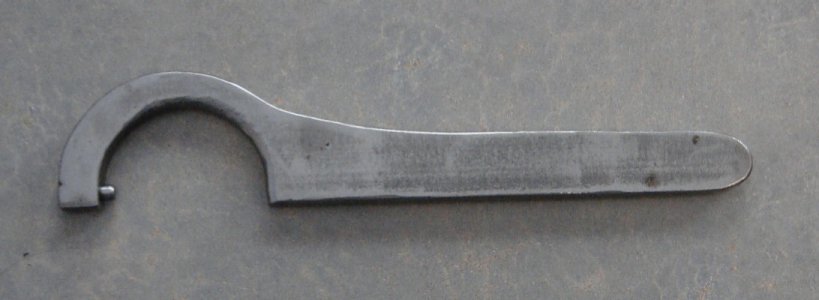I have a bit of a problem with an Atlas 10F Lathe that I acquired a couple of years back. I noticed today that there is a bit of play in the headstock-- maybe 0.o2 in. It's not a great amount, but I would like to correct the condition.
The lathe was recovered from an old barn a couple years back and a friend refurbished it and I bought it from him. Unfortunately he died last December so I need to find help in dealing with the problem. I am on the beginner end of machining though I have had a Sherline Lathe for years for making some small telescope parts this is my first large machine--it's a whole different world to me.
The lathe was recovered from an old barn a couple years back and a friend refurbished it and I bought it from him. Unfortunately he died last December so I need to find help in dealing with the problem. I am on the beginner end of machining though I have had a Sherline Lathe for years for making some small telescope parts this is my first large machine--it's a whole different world to me.

